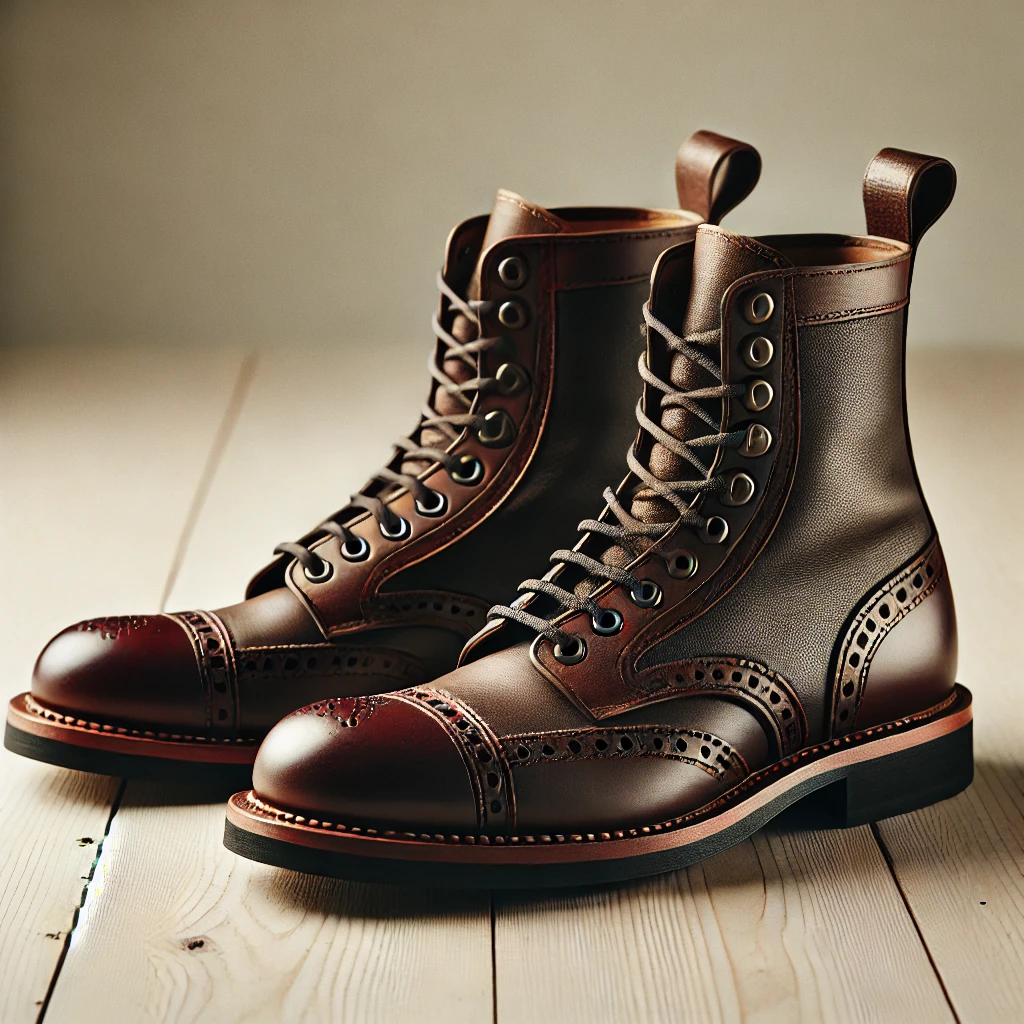John Lofgren Complete Guide: Japanese Heritage Boot Mastery
Heritage boot enthusiasts know the big American names—Red Wing, Alden, White's. But one of the most interesting bootmakers today operates from Sendai, Japan. John Lofgren moved from California to Japan in 2000, originally opening Honky Tonk Company as a vintage store. His obsession with authentic American workwear and military boots eventually led him to start making his own.
Lofgren's boots stand out because they combine genuine vintage research with Japanese manufacturing precision. Rather than approximating historical designs, the brand builds from actual vintage patterns, often sourced from John's personal archive of original military and work boots.
The Brand's Foundation
John Lofgren Bootmaker operates from Sendai, Japan, where skilled artisans practice what the brand calls "Shokuninkishitsu" (職人気質)—a Japanese concept describing individuals dedicated to mastering their specific craft. This philosophy permeates every aspect of their bootmaking process.
Unlike mass-market heritage brands, John Lofgren operates with a "people over profit" philosophy. Production runs stay small, allowing for meticulous attention to each pair. Materials are sourced globally—horsehide from Japan's Shinki tannery, hardware from various countries—based on quality rather than cost considerations.
Materials and Construction
John Lofgren sources materials globally, drawing from Japan, USA, France, Italy, and England. The brand is particularly known for using horsehide from Japan's famed Shinki tannery, considered among the world's finest leather producers.
All construction is completed in Japan using Goodyear welt methods. This makes the boots fully rebuildable—a crucial feature for footwear designed to last decades. The brand uses Vibram soles and custom lasts developed specifically for their designs.
The Core Models
Combat Boots: Based on U.S. Army Type II combat boots, these feature the characteristic perforated cap-toe and decorative broguing. Standing 6 inches tall, they combine 4 polished nickel eyelets with 3 speed hooks, built on Vibram 705 full soles.
Engineer Boots: Developed through careful examination of vintage engineers from John's personal archive. These represent extensive research into historical patterns and construction methods.
Specialty Models: The lineup includes Monkey Boots (lace-to-toe style), the heavily built Donkey Puncher logger boot, Chelsea boots based on 1800s J. Sparkes-Hall originals, and Military Desert Boots inspired by WWII-era designs from Cairo's Khan el-Khalili bazaar.
Sizing and Fit
According to retailer guidance, John Lofgren boots run approximately E width—roomy throughout but accommodating to most foot shapes. The general recommendation is sizing 0.5 smaller than your Brannock measurement.
The construction allows for natural break-in. Over time, the footbed compresses to match your foot shape while the horsehide upper conforms to your specific contours. This process, common to high-quality heritage boots, results in a personalized fit.
Care and Maintenance
John Lofgren boots use traditional leather finishing methods, which means standard heritage boot care applies. The horsehide and chromexcel leathers respond well to occasional conditioning with quality leather creams or oils.
The Goodyear welt construction means these boots can be resoled multiple times. When the Vibram soles eventually wear through—typically after years of regular wear—any competent cobbler can replace them, extending the boots' life indefinitely.
Market Position
John Lofgren occupies a unique space in the heritage boot market. The brand commands premium pricing, typically ranging from $400-$600, positioning it between mainstream heritage brands and ultra-luxury options.
What justifies this pricing is the combination of Japanese craftsmanship, premium materials, and limited production runs. The brand's reputation among boot enthusiasts continues growing, particularly among those who appreciate vintage military and workwear authenticity.
Who They're For
John Lofgren boots appeal to collectors and enthusiasts who value historical accuracy and exceptional craftsmanship. They're particularly suited for those interested in vintage military styling or Japanese manufacturing excellence.
The brand works well for people seeking something different from mainstream heritage options. While Red Wing focuses on American work boot heritage and Viberg emphasizes contemporary styling, John Lofgren bridges vintage authenticity with modern quality standards.
Key Takeaways
- Unique Heritage: American vintage knowledge meets Japanese craftsmanship
- Construction: Goodyear welted, fully rebuildable with premium materials
- Specialty: Military and workwear-inspired designs with historical accuracy
- Sizing: Generally recommend 0.5 size down from Brannock measurement
- Value: Premium pricing justified by craftsmanship and limited production
Shop John Lofgren:
View All John Lofgren Boots